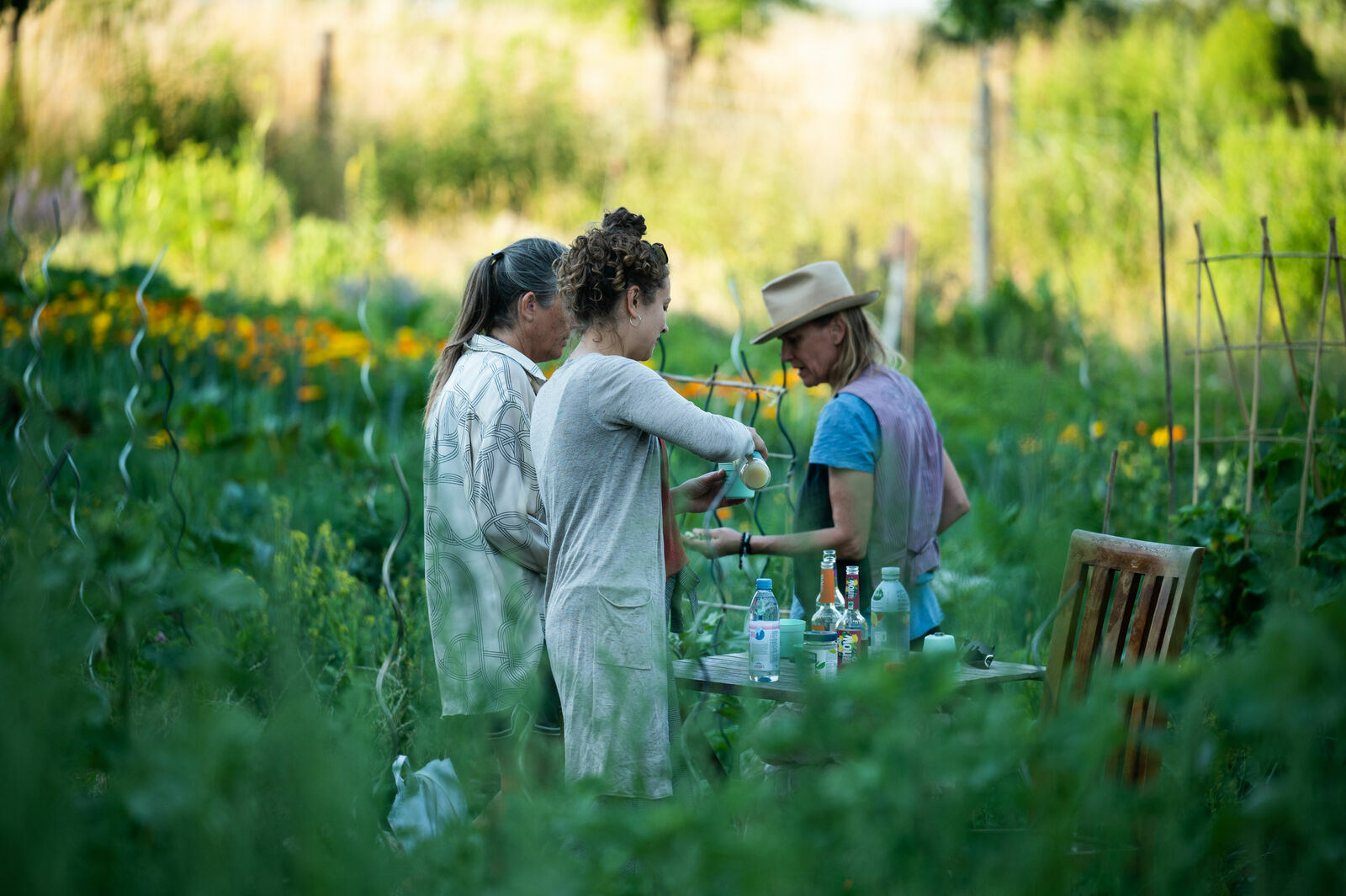
Preserving Heirloom Vegetable Varieties: What You Can Do
Our crop diversity has been dwindling since the beginning of industrialization. In order to at least preserve what is left, heirloom fruit and vegetable varieties need to return to the fields. In this article, we explain what you can do to keep heirloom varieties alive. There is also an overview of why crop diversity is so important.
This Article Contains:
- Diversity of Fruit and Vegetable Varieties Is Decreasing
- Conservation and Amateur Varieties
- Preserving Heirloom Varieties Through Utilization
- Conservation Initiatives From Germany, Austria and Switzerland
- Advantages of Heirloom Varieties
- Preserving Heirloom Crops: Tips
- Why Is the Preservation of Crop Diversity So Important?
- Frequently Asked Questions: Preserving Heirloom Varieties
Quick Overview
Conservation Varieties and Amateur Varieties
- To counteract the loss of numerous fruit and vegetable varieties, 'conservation varieties' and 'amateur varieties' have been introduced. These varieties are not suitable for the industrial cultivation of vegetables, but are approved for amateur gardeners.
Ex-situ and On-Farm Conservation
- Ex-situ conservation: conservation of seed samples in gene banks
- On-farm conservation: continuous cultivation of varieties (mostly by conservation initiatives, private individuals and NGOs)
Tips: Preserving Heirloom Crops and Biodiversity
- Growing heirloom varieties in your own garden
- Obtaining seed of these varieties
- Drawing attention to the diversity of heirloom varieties
- Organize or visit seed exchange fairs
- Adopt an heirloom variety
- Enjoy, experience and celebrate diversity
Diversity of Fruit and Vegetable Varieties Is Decreasing
To draw attention to plants that are already endangered, the "Red List of Endangered Native Crop Plants in Germany" was introduced in 2009. This provides an overview of the entire known diversity of cultivated plants and the species that are already endangered. In a project to further develop the Red List, the diversity of historically used vegetable varieties was recorded and documented. 75 % of the varieties examined in the project are among the so-called "lost varieties" (Federal Agency for Agriculture and Food, 2022). These varieties have been mentioned in historical sources, but unfortunately there is neither variety registration nor a seed sample of these plants. The genetic material has therefore been irrevocably lost.
Conservation and Amateur Varieties
To counteract this loss, politicians reacted by adapting the regulations at EU and national level (Seed Marketing Act). This resulted in the "Conservation Variety Regulation" and the "Amateur Variety Regulation". These regulations are intended to facilitate the approval and distribution of heirloom varieties in order to promote their cultivation. Conservation varieties are intended to counteract the loss of genetic diversity. Their cultivation and use is particularly important for the preservation of varietal characteristics. Many old varieties are also approved as so-called amateur varieties, as they are not suitable for large-scale cultivation. On the other hand, they have a high regional value and are often cultivated by amateur gardeners. You can Find out Exactly What Is Meant by ‘Heirloom Varieties’, Their History and Characteristicsin this article.
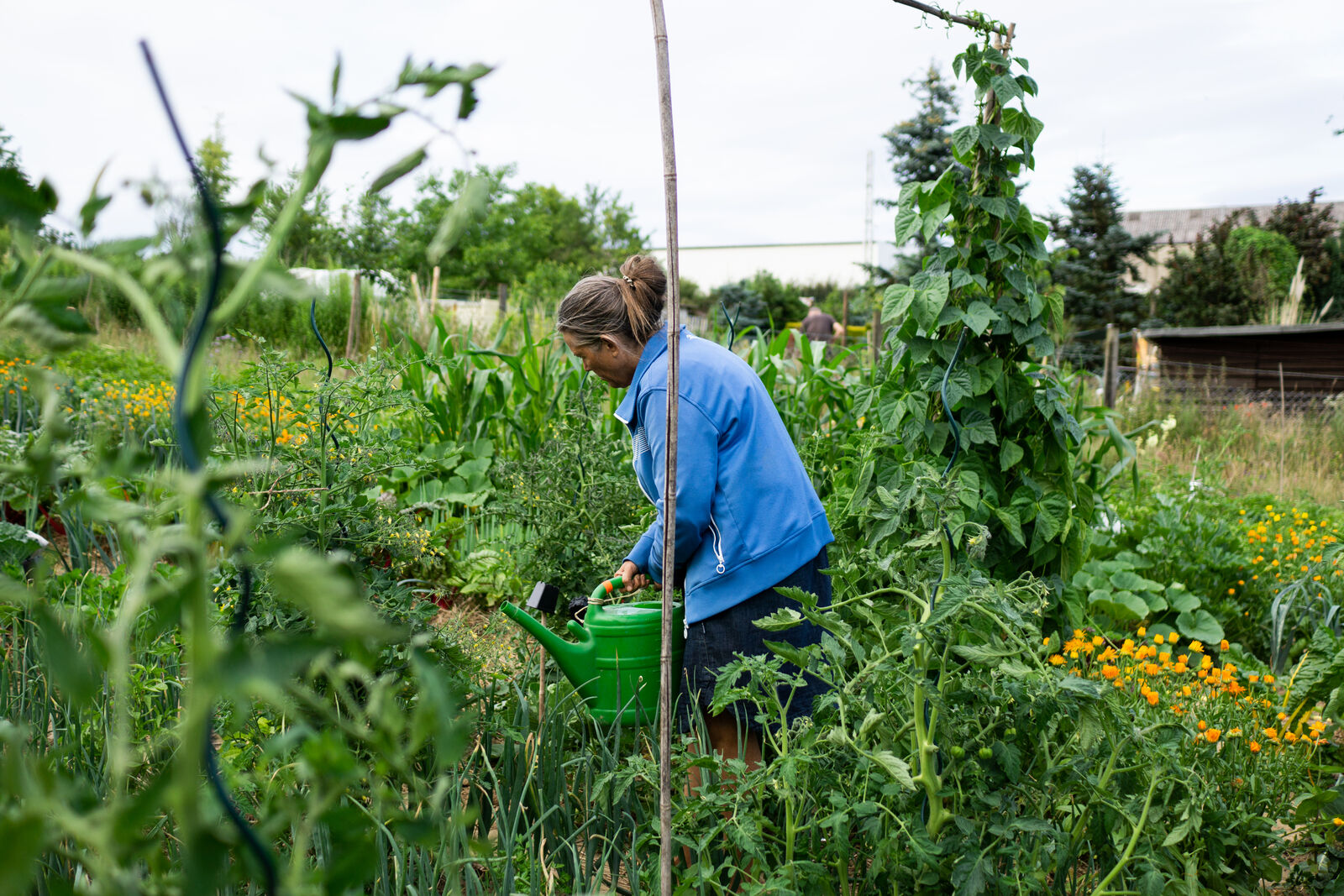
Now It’s up to Us Gardeners
Although these regulations facilitate access to seeds of some heirloom varieties, their cultivation is more or less in the hands of private gardeners and conservation initiatives. For economic reasons, they are usually not suitable for commercial cultivation. This is due to the significantly lower yield and the requirements of the food retail trade. Only a limited number of specific varieties are offered in supermarkets, so farmers often have little leeway in their choice of varieties if they want to sell their product. Unfortunately, many of the characteristics of heirloom varieties do not meet consumer requirements. An old country cucumber variety with a bitter, slightly thicker skin and small spines is less popular than the light-skinned, mild cucumber. Here, supermarket standards have strongly influenced consumer wishes and expectations regarding the taste, shape and appearance of fruit and vegetables. Bringing the heirloom variety back to life requires curiosity and openness to the unknown.

Join the Movement: Preserve and Share Heirloom Seeds!
Our Fryd community is deeply involved in preserving heirloom seeds by sharing and distributing them to spread different varieties. If you'd like to connect with other gardeners on this topic, you can register here for free.
Become part of Fryd-CommunityPreserving Heirloom Varieties Through Utilization
Heirloom varieties are currently being preserved in two ways: One way is the conservation of seed samples in gene banks (ex-situ conservation). The problem with this is that the seed is "statically preserved". There is no conservation breeding to preserve the variety. This means that the plants cannot adapt to changing environmental conditions without cultivation! This entails the risk that the genetic potential of a variety is reduced or even lost.
Continuous cultivation (on-farm maintenance) is therefore very important in order to promote the development of a variety in interaction with its environment. This allows the varieties to adapt to specific conditions. This not only keeps the cultural heritage alive with all the knowledge about cultivation and propagation, but also creates access to seeds of old varieties. There are already several projects that are committed to the on-farm conservation of old varieties. At the moment, these are mainly conservation initiatives by private individuals or NGOs that are trying to preserve as many varieties as possible. These are also usually places where you can obtain high-quality seeds of old varieties.
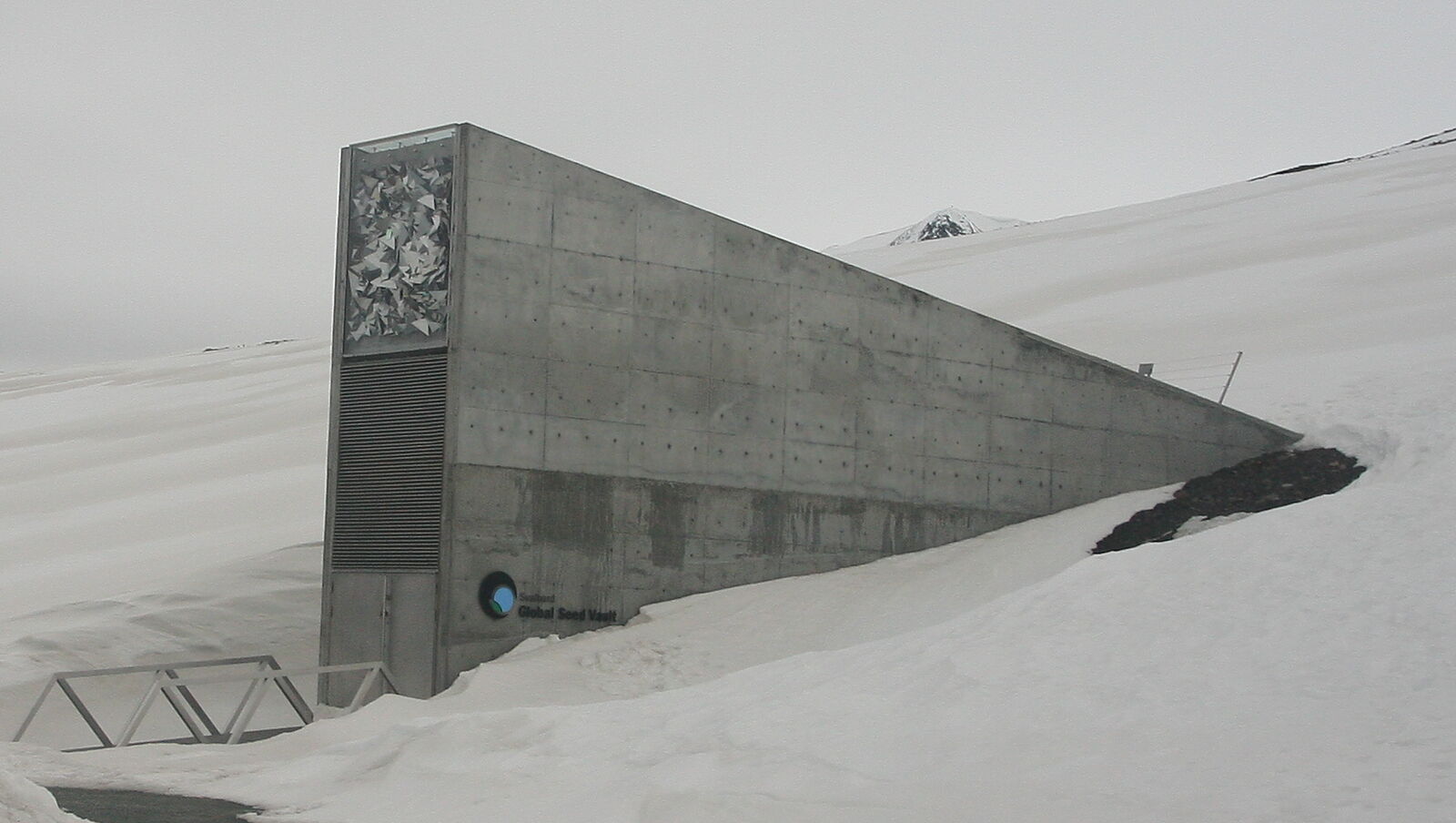
Conservation Initiatives From Germany, Austria and Switzerland
- Association for the Conservation of Crop Diversity (VEN)
- Bingenheimer
- Dreschflegel e.V.
- Noah's Ark
- Pro Specie Rara
- Black Turtle
- Tatgut
- Gene bank
Advantages of Heirloom Varieties
Every hobby gardener can help to preserve this diversity and benefit from it in the garden. A garden with great biodiversity also provides a habitat for various garden animals and insects. This not only promotes the colonization of pests, but also of beneficial insects. Biological antagonists that have a self-regulating effect settle here. This results in a reduction in plant protection measures, as specific pests cannot spread as quickly. In addition to the variety of beautiful colors and shapes in the garden, your diet also becomes more colorful and diverse. Things that have long since disappeared from the supermarket can now be grown and enjoyed again. There is a lot to discover with heirloom varieties, especially in terms of taste. You can try them out and choose your favorites from the great diversity. Old, regionally adapted varieties are particularly suitable for gardens without optimal growing conditions.
Characteristics of heirloom varieties, which tend to be a disadvantage in industrial agriculture, can bring practical advantages in a hobby garden. The irregular growth results in a wider harvest window. You can harvest ripe fruit or vegetables as required. This is particularly practical if you want to be self-sufficient. There are no work peaks when you have to quickly process and preserve the harvest. What's more, you can Take Your Own Seeds From Open-Pollinating Varieties, which you can sow again the following year. This means you don't have to buy new seeds every year. However, after a few years you should obtain seeds again from conservation initiatives or allotment gardeners. This is because in order to maintain typical varietal characteristics and thus varietal authenticity, a large number of individuals of a variety are required in addition to a great deal of specialist knowledge. This is often not possible in an allotment garden.
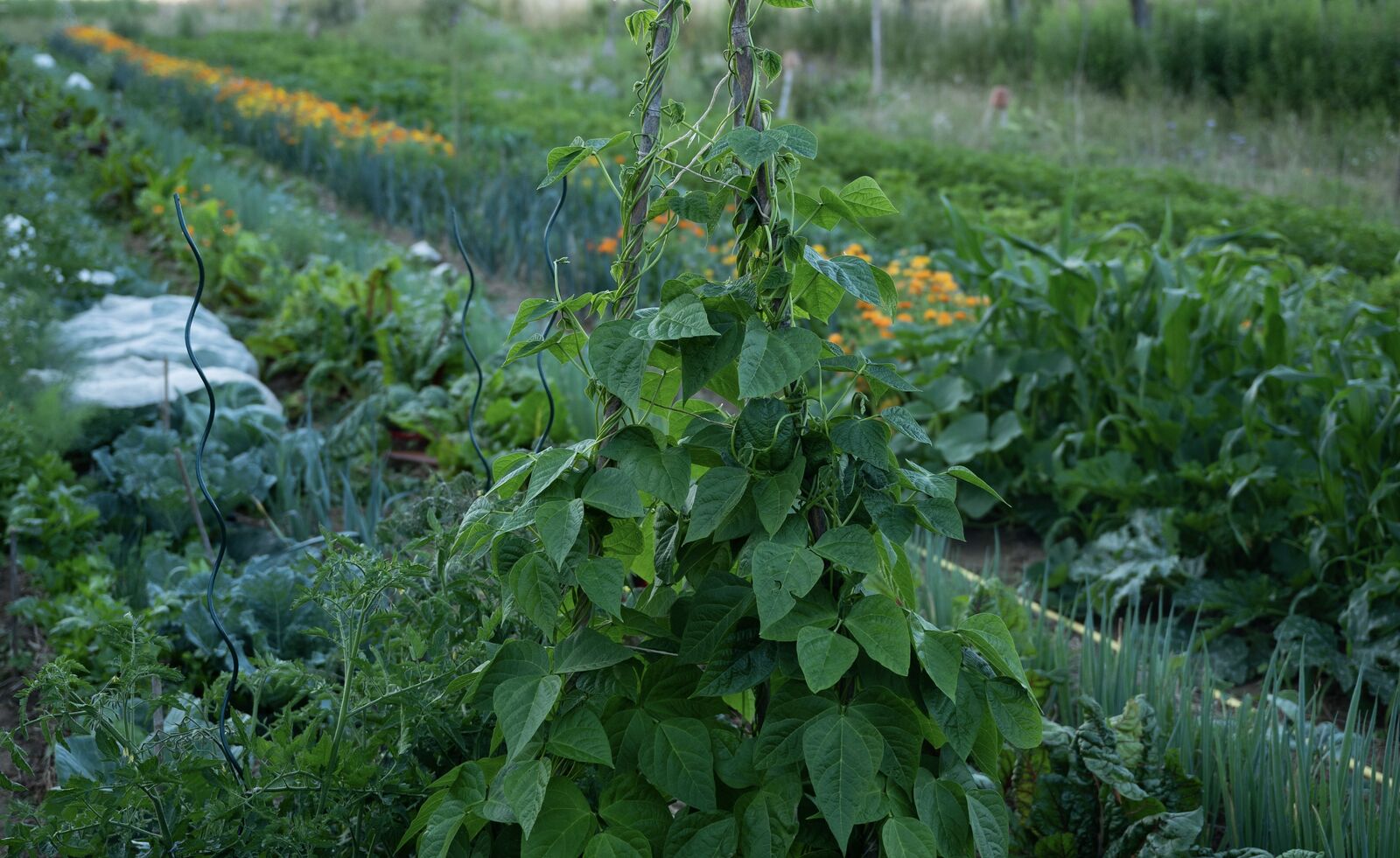
Preserving Heirloom Crops: Tips
Growing Heirloom Varieties in Your Own Garden
Get seeds of old varieties that make you curious and just try planting them! Whether on the balcony or in the garden, it's worth it everywhere. Cultivating and using them brings old varieties back to life. Your purchase also supports conservation initiatives that carry out conservation breeding in order to preserve variety-specific characteristics.
Propagate Heirloom Seeds
Once you have found varieties that you like and want to bring to the people, you can propagate them yourself and collect seeds. However, this is not that easy and requires specialist knowledge. You can learn more about this topic privately. There are, for example, lectures or workshops by other enthusiastic variety keepers.
Drawing Attention to Biodiversity
In order to draw the attention of as many people as possible back to heirloom varieties, there needs to be education. To do this, we need to share what these varieties mean to us and what is so special about them. Tell your friends and acquaintances about them. The more people who become enthusiastic about old varieties, the better!
Organize Seed Swaps
To make seeds accessible to as many people as possible, you can organize seed swaps. This allows you to exchange ideas and draw attention to old varieties. This can create a community in which you can fight together for the preservation of old, traditional varieties.
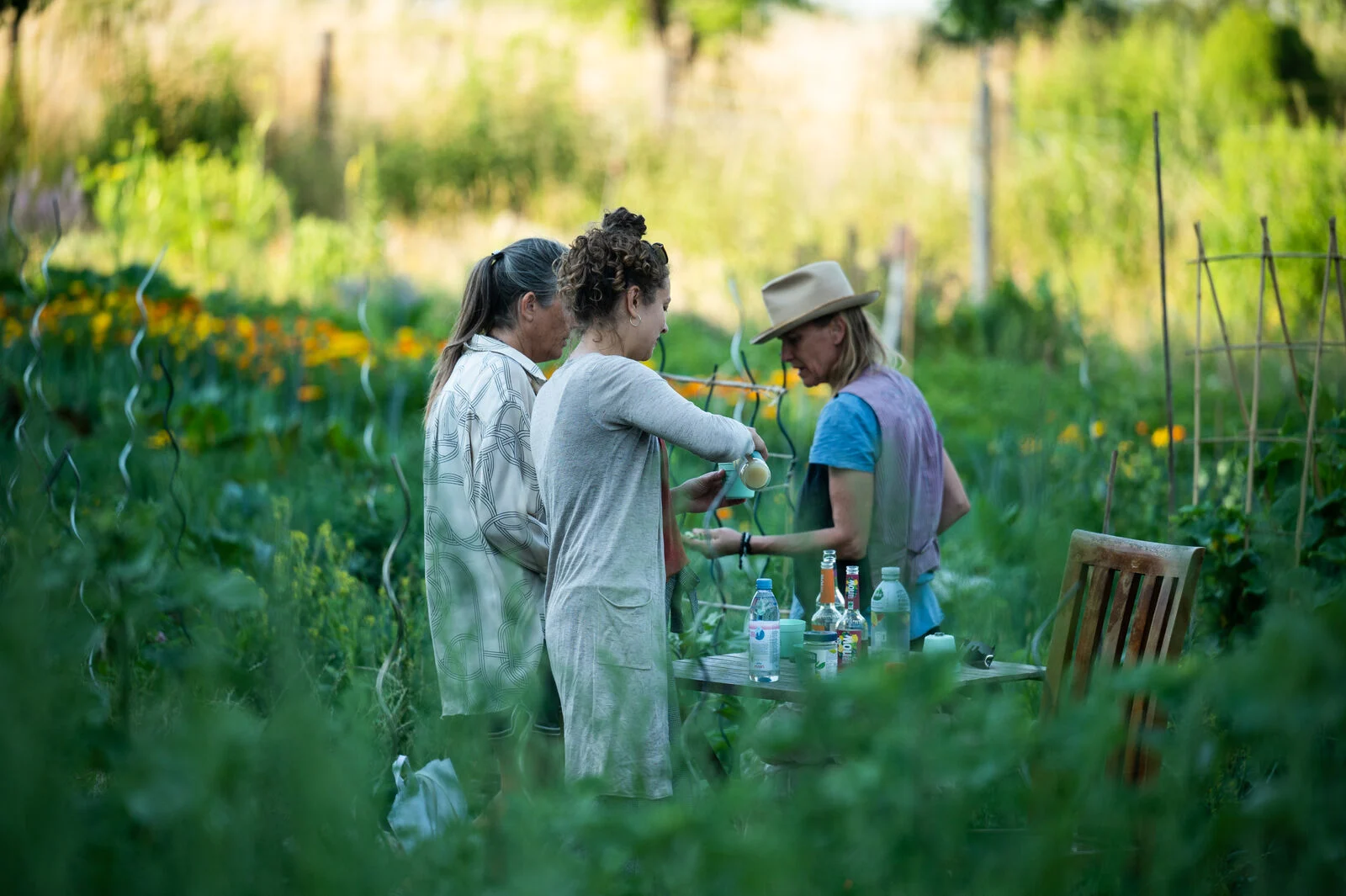
Adopt an Heirloom Variety
There are associations where you can sponsor a particular heirloom variety. Especially as a beginner in the gardening world, you can learn a lot of new things, e.g. how to describe and observe a particular variety.
Enjoy, Experience and Celebrate Diversity
Once you have enjoyed the variety of flavors, you will no longer want to be fobbed off with watery supermarket vegetables. You can celebrate and enjoy this rediscovered variety with other gardeners. Get together with others, cook delicious dishes and exchange ideas!
Why Is the Preservation of Crop Diversity So Important?
Preserving Crop Diversity as the Cultivated Pea of Our Ancestors
This valuable cultural asset contains knowledge that has been collected over generations. Knowledge about cultivation, propagation, seed production, harvesting and typical regional processing and preparation. Knowledge that could be forgotten and lost if it is not used and disseminated. With the centralization of agriculture and the reduction of crop varieties, the use of regionally adapted varieties is declining sharply. This means that we are not only losing genetic material, but also a piece of a region's identity and vegetation history. In the future, however, niche plants that are adapted to special environmental conditions could become more important in breeding.
Preserving Heirloom Varieties as a Genetic Resource
The genetic material of heirloom varieties offers a valuable genetic resource with a wide range of different characteristics. In addition to the genetic material for quality characteristics such as taste and appearance (color and shape), they have a broad genetic constitution that can provide genetic material for a wide range of traits. These include adaptations to special regional conditions such as drought, salt stress or cold. Or a great ability to adapt to changing, non-optimal environmental conditions. In order to be able to breed new crops, we are dependent on a gene pool that is as diverse as possible. Old varieties provide this gene pool with great genetic variability. This is particularly important in view of the fact that genetic potential is usually lost through modern breeding. By concentrating on just a few traits, other traits are irrevocably lost that could be important later on.
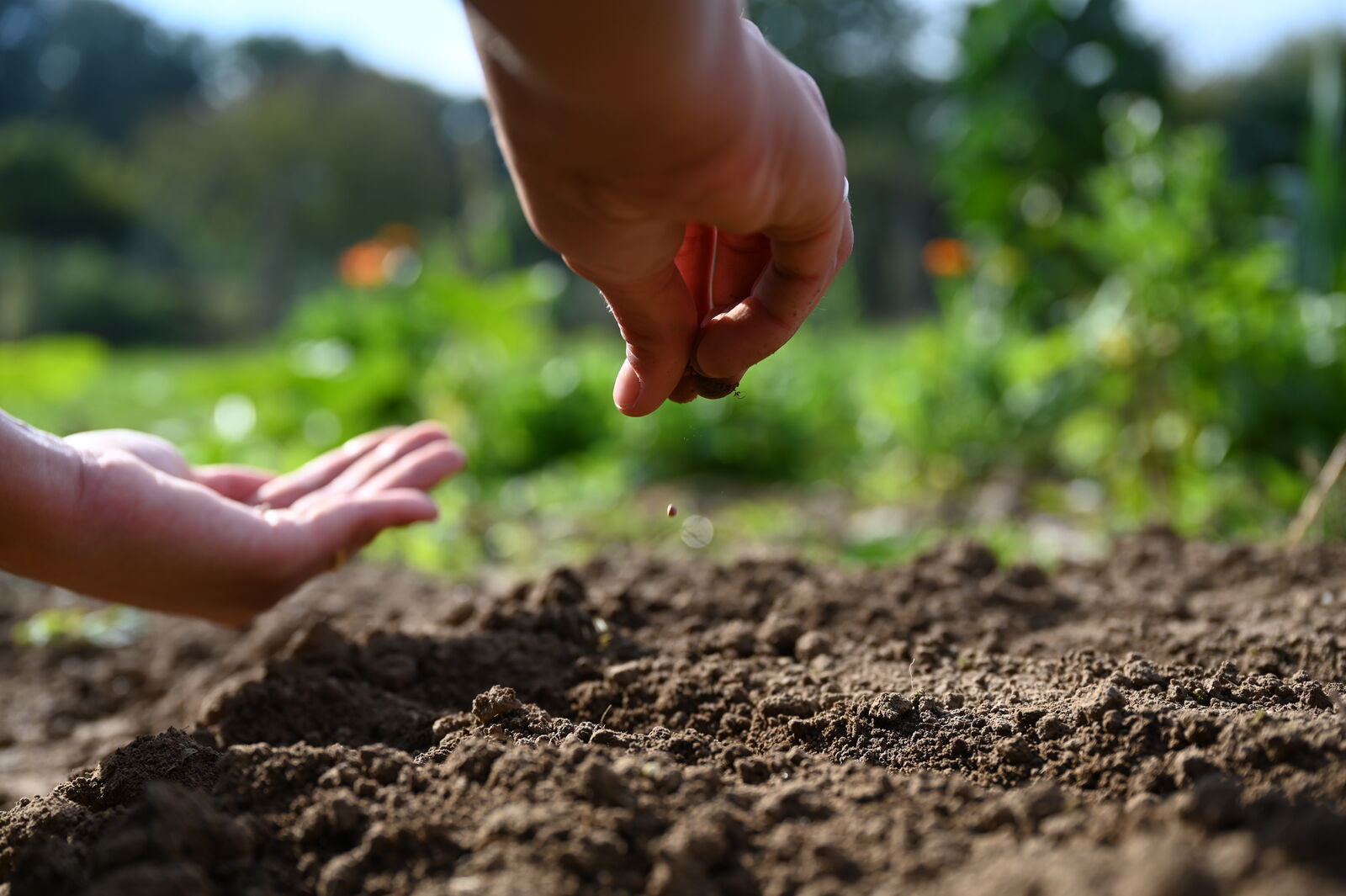
Food Security Through Diversity
Especially against the backdrop of the climate crisis, we will face challenges in breeding in the future. We need resilient varieties that are adapted to changing, more extreme environmental conditions. The greater our genetic resources, the more likely we are to succeed in breeding such plants. This is because the currently dominant high-performance varieties are mostly susceptible to disease and poorly adapted to extremes such as drought and heat. New varieties are needed to secure the world's food supply in the future! This requires a combination of heirloom varieties with high-performance varieties. We need resilience and high yields. This is the only way we can farm productively and, above all, in an environmentally friendly way and secure the world's food supply.
For a Tasty, Balanced Diet
In addition to the pure safeguarding of our nutrition, the inner values of heirloom varieties also play a major role. Due to their increased content of secondary plant substances, old varieties have a nutritional and physiological value for us. In order to have a complete diet, we need healthy vegetables that are rich in nutrients. At the moment, these qualitative characteristics still play an insignificant role in breeding, but it is nevertheless important to preserve these characteristics. The taste of a variety also varies with the content of different secondary plant substances. Secondary plant substances are therefore not only healthy, but also bring a variety of flavors into your kitchen.
Preserving Seed as a Common Good
As already mentioned, industrialization was accompanied by an increasing specialization of individual branches of agriculture. Seed production became a specialized area in the hands of a few companies. With the new breeds, plants are created that do not produce reproducible seed (F1 hybrids). This forces farmers to purchase new seed every year. With the cultivation of seed-resistant varieties, as is the case with heirloom varieties, seeds become a common good again. With open-pollinated plants, you can take your own seeds and sow them again the following year.

For Great Biodiversity and Healthy Ecosystems
A large diversity of different types of fruit and vegetables increases the range of species in a biotope. The more diverse, the better. This attracts numerous insects and small animals that find a habitat and food. The huge monocultures of modern agriculture usually only attract crop-specific pathogens, which can multiply happily. There is a lack of natural antagonists that have a regulating effect. The more different plants, the greater the range of species. Only then can natural antagonisms and symbioses take effect and have a positive effect on the ecosystem. For example, beneficial insects can be attracted.
If you have any questions or comments, please write to us at [email protected]. Would you like to receive helpful gardening tips all year round and plan your own beds optimally? Then register here or download the Fryd app for Android or iOS.
Fryd - your digital bed planner

Marie
Marie is an agronomist. She is particularly interested in the sustainable and organic cultivation of vegetables and other plants. In her own garden, she gained experience and likes to try things out to learn from nature. She is particularly interested in the values and principles of permaculture, in order to contribute not only to the well-being of nature, but also to the well-being of people and future generations.
Learn MoreCurrent Topics in the Community

Liked 1 times
The chickens are not happy about the cold weather.
Show 1 answer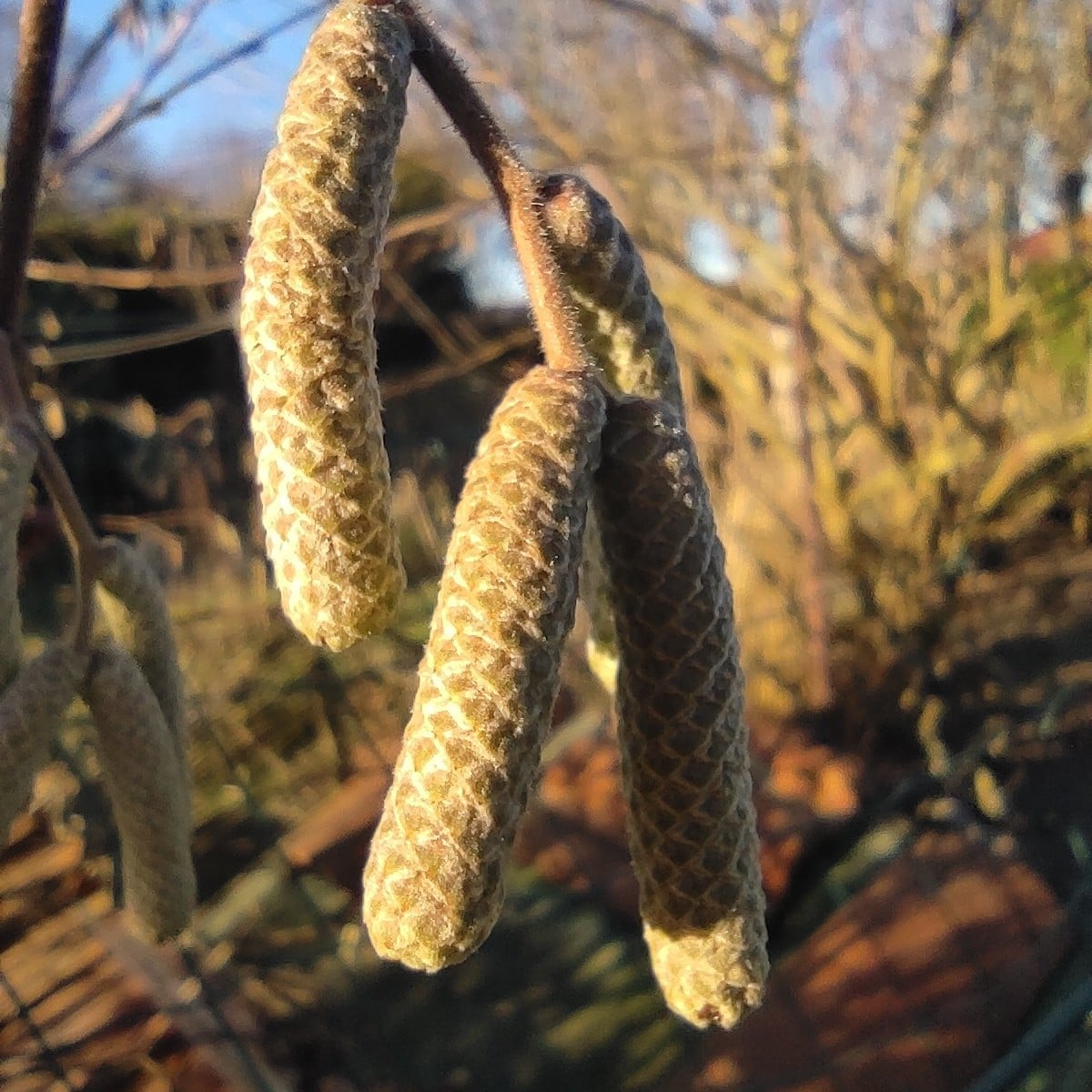
Without words
Show 1 answer
Liked 4 times
It may have actually worked with the shiitake smuggled into the fallen birch tree in our forest 🍄
Popular Articles

Overwintering Parsley: How to Do It Successfully

How to Grow Lettuce in Winter: Varieties, Sowing, Harvesting

Growing Sage Plant: Tips for Sowing and Harvesting

What Herbs Can Be Planted Together?

Create & Design a Permaculture Garden

Overwintering Plants: Tubs, Pots and Raised Beds

Pruning, Fertilizing & Propagating Currants: Care Tips

Pruning Raspberries: How to Do It

Vegetable Garden With Greenhouse: How to Use Greenhouse Effect

Winterizing Beds and the Garden: How to Do It
FAQ
Why are heirloom seeds banned?
Old varieties are often not approved for industrial cultivation and distribution. They are often available on the market as amateur or conservation varieties and are only approved for private individuals.
Where can I buy seed of heirloom varieties?
Buy high-quality seeds from organic cultivation. In most cases, these varieties are open-pollinating anyway and you can collect your own seeds. Take a look at our Fryd store. We only offer organically produced seeds.
What does ex-situ and on-farm conservation mean?
Ex situ conservation means that the seed pattern is statically preserved and conserved in gene databases. This prevents the plant from adapting to changing environmental conditions. In on-farm conservation, the varieties are cultivated continuously in order to maintain the variety pattern.
What are conservation initiatives for old varieties?
There are several initiatives that are committed to preserving old varieties and cultivating and propagating them. These include, for example: VEN, Bingenheimer Saatgut, Dreschflegel, Arche Noah, Black Turtle and Tatgut. You can obtain high-quality seeds of old varieties from such initiatives.